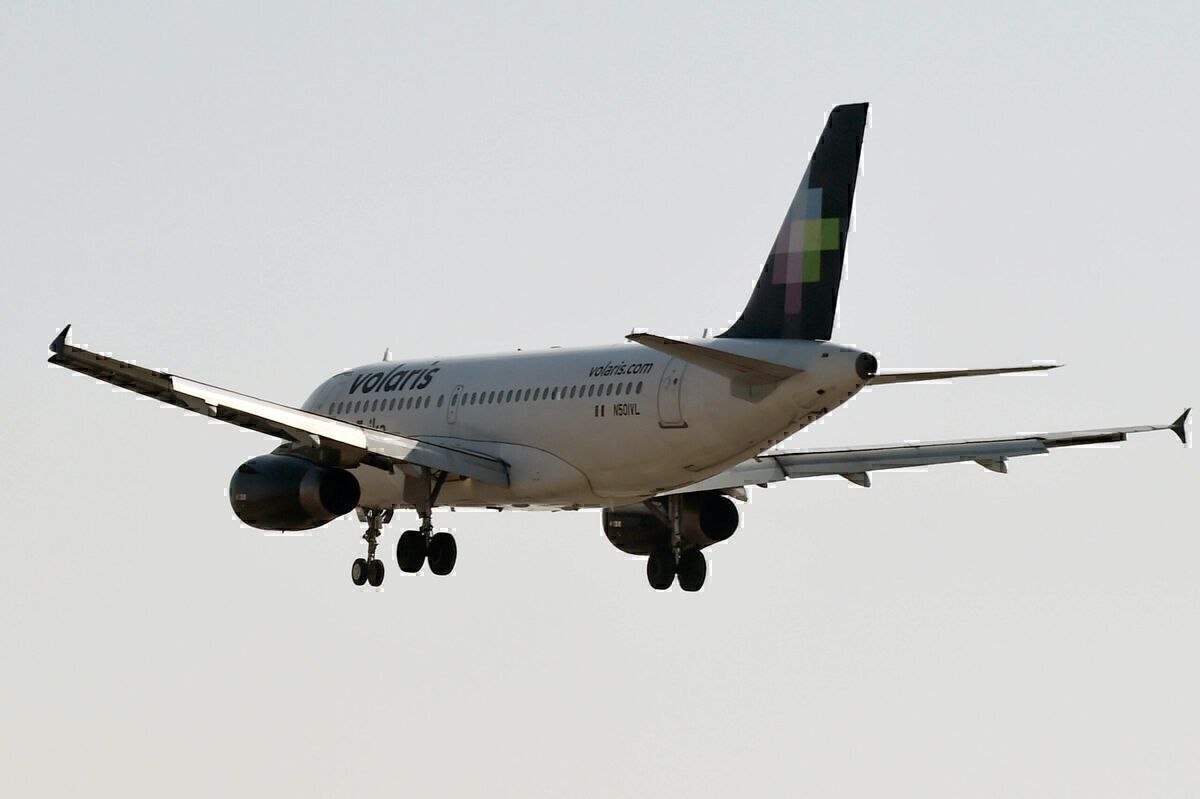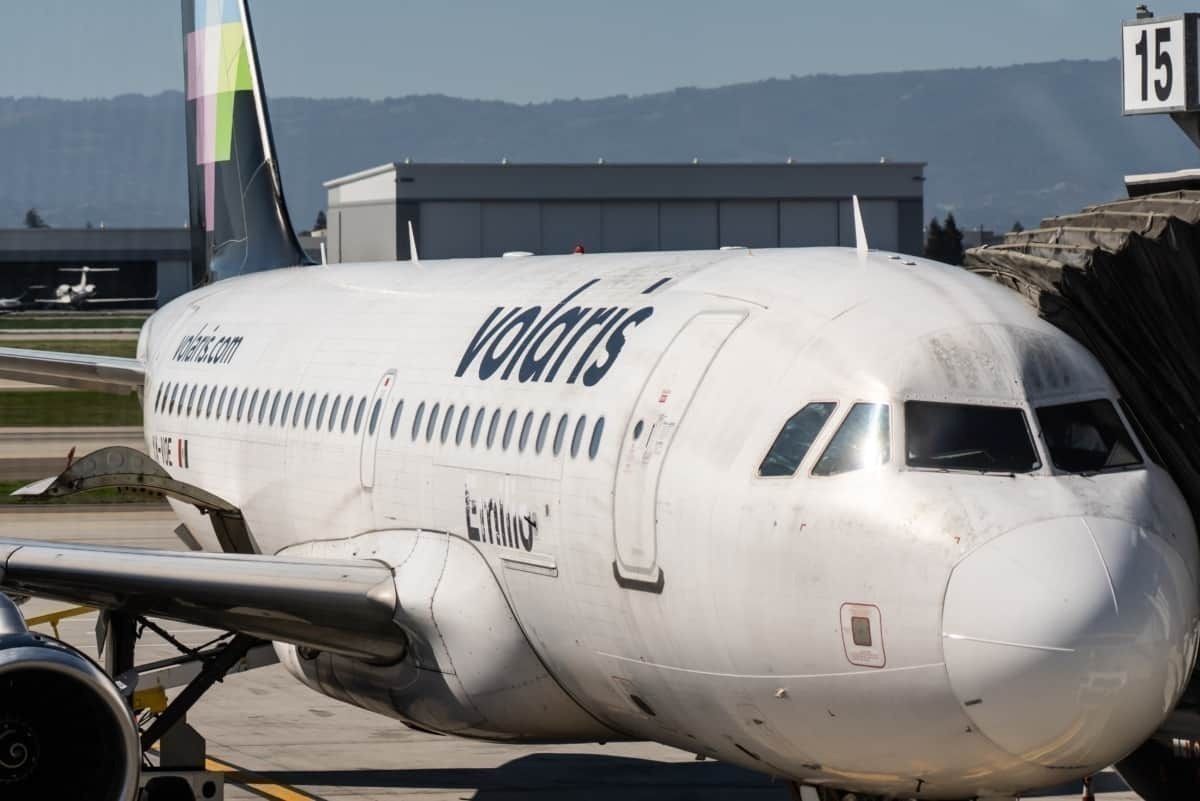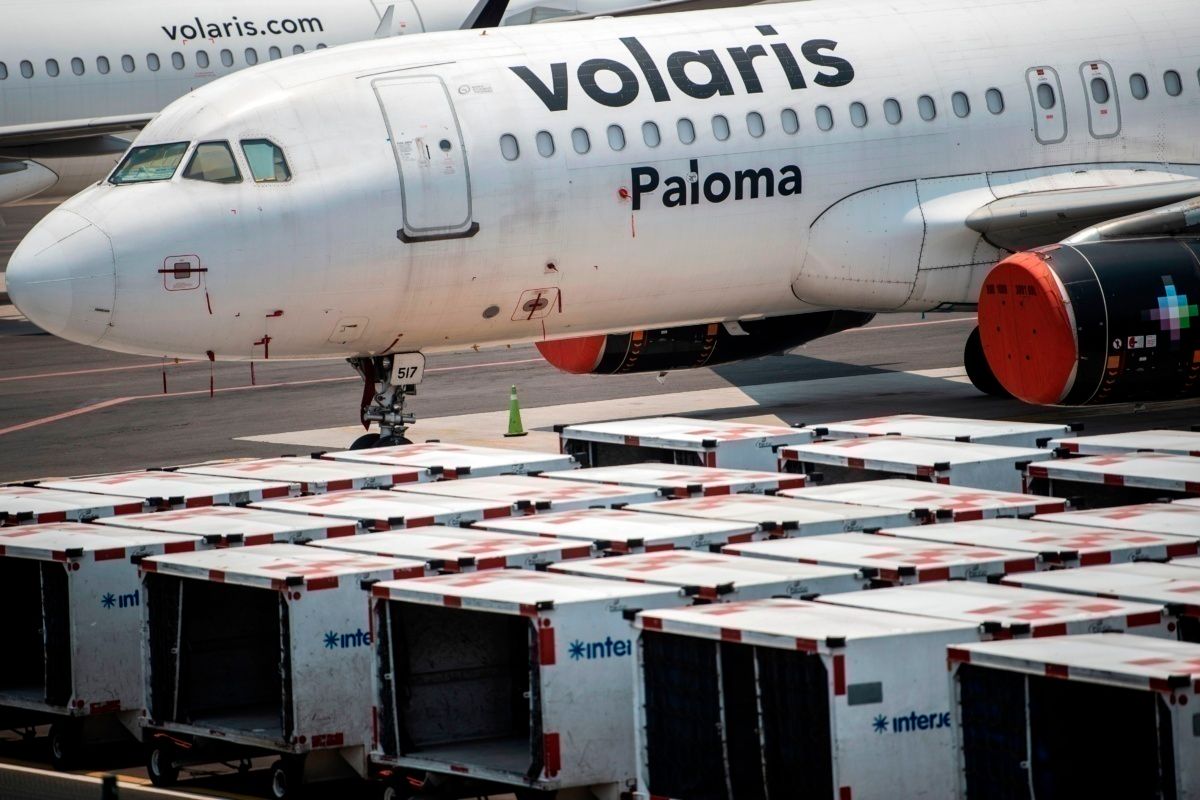During the third quarter of 2020, Volaris posted a net loss of US$97 million. It also posted a 38.3% decrease in the number of passengers. Despite that, the company is on track for a remarkable recovery worldwide.
Looking into the financial numbers
Volaris said that during the third quarter of 2020, it successfully navigated the uncertainties caused by the COVID-19 pandemic. It recovered much of the capacity while launching new routes domestically and internationally. Since the implementation of its biosafety protocol in April, Volaris has carried more than 4.5 million passengers.
These are the third-quarter highlights for Volaris:
- The total operating revenues were US$210 million, a 50.3% decrease from last year.
- Booked passengers were 3.47 million, a 38.3% decrease from last year.
- As of today, Volaris has more than 300 daily operations in 44 domestic and 20 international airports.
- Ancillary revenues had a decrease of 29.7% year over year. However, these revenues represented 45.1% of total operating revenues for the third quarter. Additionally, each passenger paid 614 pesos (almost US$30) in ancillary services.
- Operating expenses were US$310 million, a 10.9% decrease.
- The shareholders of Volaris approved a raise of US$165 million in liquidity, which the airline hasn’t needed so far.
Full recovery by June 2021?
Earlier this month, Enrique Beltranena, Volaris’ CEO, said that the airline expected to operate 95% of its pre-COVID schedule by New Year. Volaris is a unique carrier globally because not even its Mexican competitors hope to see a recovery like this in 2020. Moreover, the low-cost airline expects a full recovery in 2021.
Holger Blankenstein, airline executive vice-president, said,
“All third-party forecasts and scenarios show a slow global recovery for aviation; however, the Mexican domestic market and the US-Mexico VFR are recovering faster than international traffic generally. Volaris expects to recover 2019 passenger levels by the first half of 2021, three years ahead of IATA's expected market recovery for Mexico.”
Blankenstein said that its forecast is based on five factors. The first factor is Volaris’ point-to-point network, which offers more benefits to travelers than connecting traffic. Customers prefer direct flights at the moment.
The second factor is that the Visiting Friends and Relatives (VFR) and leisure segments are the first to recover, while corporate business traffic remains challenging. The third factor, according to Blankenstein, is “the bus market," which remains the carrier's "key driver to growth".
The fourth factor is that Interjet and Aeromexico are in crisis. Volaris expects to see a reduction of 107 aircraft from these two airlines. This reduction represents approximately one-third of the narrow-body fleet in the Mexican aviation market. The final factor is that remittances to Mexico have stayed strong during the pandemic, supporting Volaris’ VFR traffic.
What about the other Mexican airlines?
Only three Mexican airlines file their quarterly results: Aeromexico, Volaris, and Viva Aerobus. So far, Viva Aerobus remains the only carrier that hasn’t posted its third-quarter results. As soon as they do, we will report it.
During the third quarter of 2020, Aeromexico reported a US$136 million loss. Aeromexico’s revenues decreased by 74.5% compared to 2019’s levels.
Despite that, Aeromexico’s results were not that bad, thanks to a positive cash flow that generated US$5.12 million. The airline has approximately US$352 million in liquidity. Also, the New York Bankruptcy Court approved Aeromexico’s DIP Financing for US$1 billion.
What do you think of Volaris’ results? Let us know in the comments.



